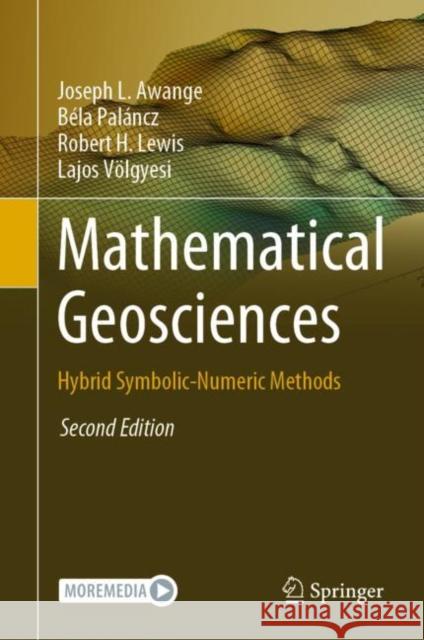Mathematical Geosciences: Hybrid Symbolic-Numeric Methods » książka
topmenu
Mathematical Geosciences: Hybrid Symbolic-Numeric Methods
ISBN-13: 9783030924942 / Angielski / Twarda / 2023 / 712 str.
Mathematical Geosciences: Hybrid Symbolic-Numeric Methods
ISBN-13: 9783030924942 / Angielski / Twarda / 2023 / 712 str.
cena 500,03 zł
(netto: 476,22 VAT: 5%)
Najniższa cena z 30 dni: 497,71 zł
(netto: 476,22 VAT: 5%)
Najniższa cena z 30 dni: 497,71 zł
Termin realizacji zamówienia:
ok. 20 dni roboczych.
ok. 20 dni roboczych.
Darmowa dostawa!
Kategorie:
Kategorie BISAC:
Wydawca:
Springer Nature Switzerland AG
Język:
Angielski
ISBN-13:
9783030924942
Rok wydania:
2023
Ilość stron:
712
Wymiary:
23.5 x 15.5
Oprawa:
Twarda











